Description
Emerson KJ1502X1-BA2 Controller Module – High-reliability control core for DeltaV DCS nodes
The Emerson KJ1502X1-BA2 is a controller module typically used in DeltaV-based distributed control systems to execute control strategies, manage scan cycles, and coordinate communications with I/O and the plant network. From my experience, this model is selected when teams want dependable controller performance, simple swap-out maintenance, and clean integration with existing Emerson carriers and backplanes. You might notice that it’s built for redundant architectures, so process uptime is protected during planned or unplanned controller changes.
Company’s Order Placement Process and Guarantees
- Warranty: 365 days
- Delivery: 1 week if in stock; no more than one month at the latest
- Payment: 50% advance payment; full payment before delivery
- Express options: FedEx, UPS, DHL
- Condition & testing: Each unit is visually inspected and powered for basic health checks before dispatch; test report available on request.
Key Features
- Deterministic control execution – Handles PID, sequencing, and logic with predictable scan times to keep loops tight and stable.
- Designed for redundancy – Supports primary/standby controller pairing so switchover can occur without process interruption in most cases.
- Backplane-powered – Draws power via the Emerson carrier/baseplate, keeping wiring simple and the cabinet tidy.
- Native DeltaV network integration – Communicates over the control network to I/O subsystems and workstations with standard Emerson tooling.
- Hot-swap under redundancy – Replacement can typically be done without a shutdown when a redundant partner is in service.
- Compact, 1-slot format – Fits the standard DCS carrier, making migrations or expansions straightforward.
- Lifecycle-friendly – Firmware and configuration are managed through the DCS engineering tools, reducing engineering overhead.
Technical Specifications
| Brand / Model | Emerson KJ1502X1-BA2 |
| Product Type | DCS Controller Module (DeltaV) |
| HS Code | 8537.10 (Programmable control equipment, ≤1000 V) |
| Power Requirements | Powered via system backplane from the node power supply (24 VDC nominal source, per DeltaV carrier spec) |
| Operating Temperature | Typically 0 to 55°C; 5–95% RH non‑condensing (follow cabinet and system guidelines) |
| Signal I/O Types | No direct field I/O; executes control strategy and communicates with I/O subsystems over the control network |
| Communication Interfaces | DeltaV control network (redundant Ethernet topology, per node design); backplane interface to carrier |
| Installation Method | Carrier/baseplate mounting in the DeltaV node; supports redundant controller pairing and hot-swap under redundancy |
Application Fields
This controller module is commonly deployed in process industries where deterministic control and high availability matter:
- Oil & Gas (upstream skid control, midstream compression, downstream refining)
- Chemical & Petrochemical (reactors, distillation, utilities and flare systems)
- Power Generation (boiler/turbine auxiliaries, water-steam cycle)
- Water & Wastewater (filtration trains, pumping stations, chemical dosing)
- Pharmaceuticals & Biotech (CIP/SIP, fermentation, clean utilities)
- Food & Beverage (batching, pasteurization, packaging lines)
One thing I appreciate is how it keeps engineering consistent across units—when you expand a node, new controllers tend to drop in with minimal rework, which saves both time and validation effort.
Advantages & Value
- Reliability in the loop – Redundancy options and robust backplane design reduce single points of failure.
- Lifecycle alignment – Fits into existing Emerson DeltaV infrastructures, keeping configuration and spare parts common.
- Cost control – Short installation windows and hot-swap capability can trim overtime and shutdown costs.
- Serviceability – Front-access form factor and predictable commissioning steps speed up replacement.
- Technical support – Firmware and diagnostics handled through standard Emerson tools; we can assist with pre-ship tests and version checks.
A maintenance supervisor told us they swapped a standby controller in under five minutes during a night shift—no alarms latched, and operations barely noticed. That’s fairly typical when the redundant pair is configured right.
Installation & Maintenance
- Cabinet standards: Install in a clean, dry enclosure with proper earthing. Follow the DeltaV carrier/baseplate layout and spacing guidelines.
- Ventilation: Allow adequate airflow around the carrier; avoid heat sources directly beneath the controller.
- Wiring & network: Use approved patch leads for redundant control networks; maintain bend radius and shielding continuity.
- ESD safety: Handle the module with ESD protection; insert/remove only at the carrier with the latch fully seated.
- Redundancy practice: For live changeout, verify the partner is healthy and primary; switch roles before removing the standby unit.
- Firmware management: Keep firmware aligned with your system release; back up the controller’s configuration prior to any update.
- Routine checks: Quarterly visual inspection for connector wear and dust; clean with dry air only, no solvents.
Quality & Certifications
- CE marking (EMC and LVD) – typical for DeltaV modules
- UL/cUL recognition – for industrial control equipment
- RoHS-compliant construction
- Manufacturer’s standard product compliance applies; documentation can be provided with the shipment
- Warranty: 365 days from our warehouse
Supporting Components (typical pairing)
- DeltaV controller carrier/baseplate – Provides the backplane connection and power distribution for the KJ1502X1-BA2.
- System power supply – 24 VDC nominal source feeding the node via the backplane; select capacity based on total module load.
- Redundant controller (same model) – For primary/standby operation; improves availability during maintenance.
- DeltaV control network switches – Managed, redundant Ethernet switches approved for DeltaV nodes to maintain determinism and diagnostics.
- Engineering workstation software – Used for strategy deployment, firmware alignment, and diagnostics.
Note: Exact specifications can vary slightly by DeltaV system release and hardware revision. If you share your node version, we can double-check firmware compatibility and recommended spares.


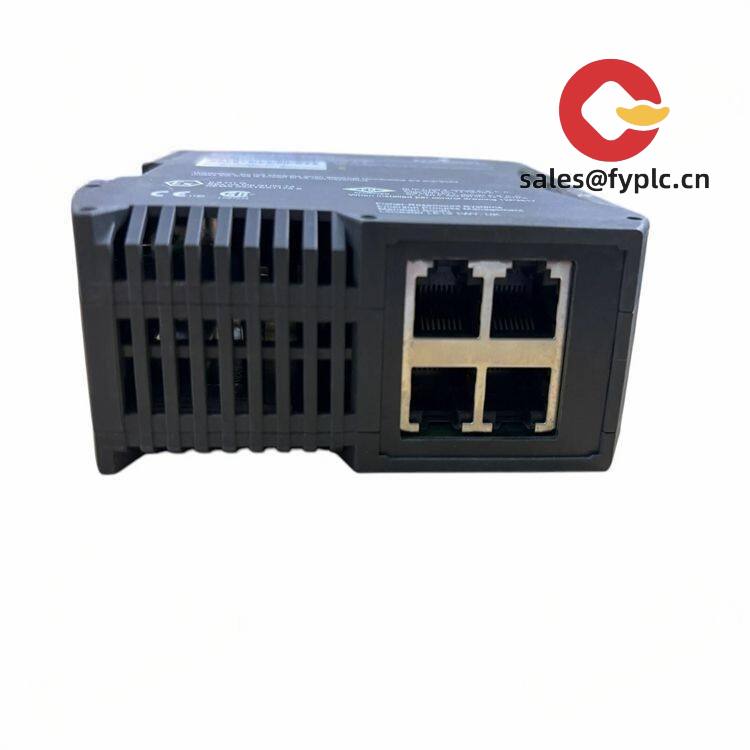
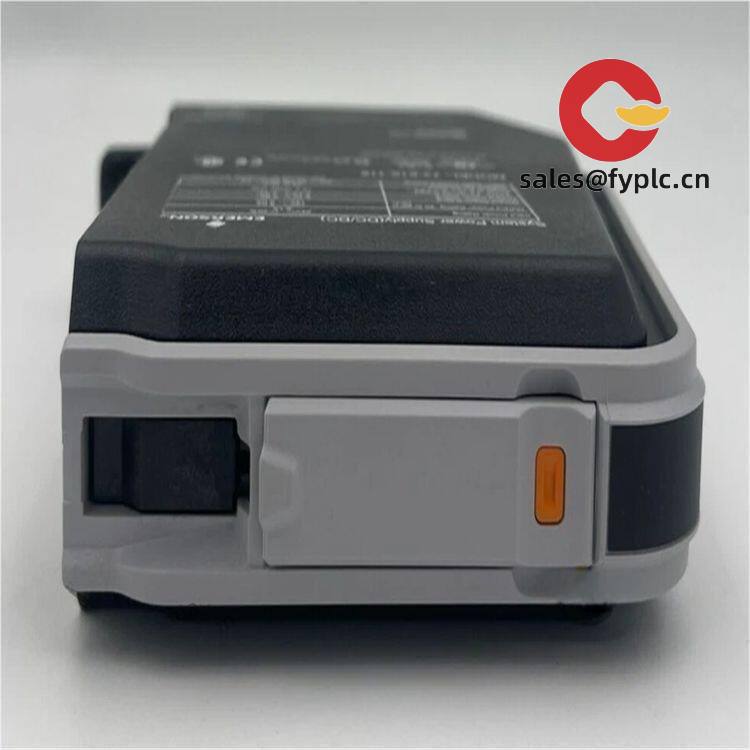






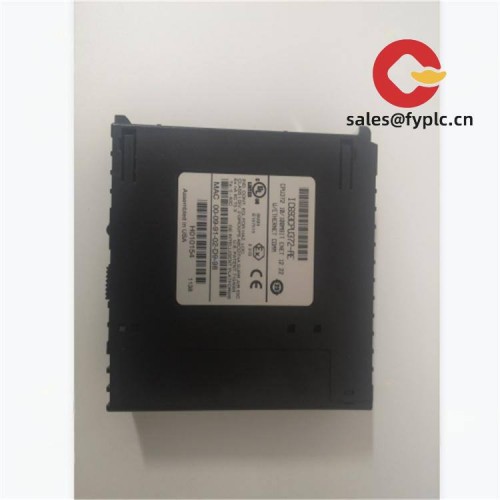
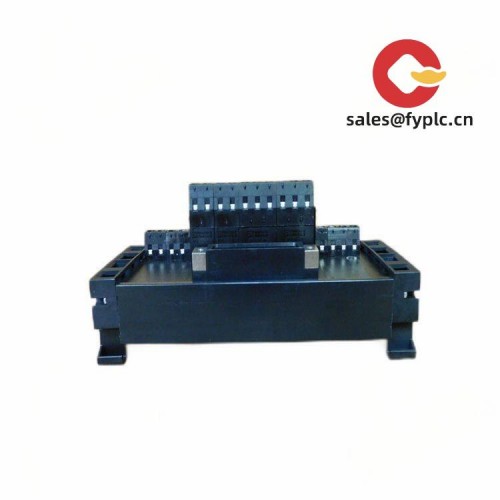
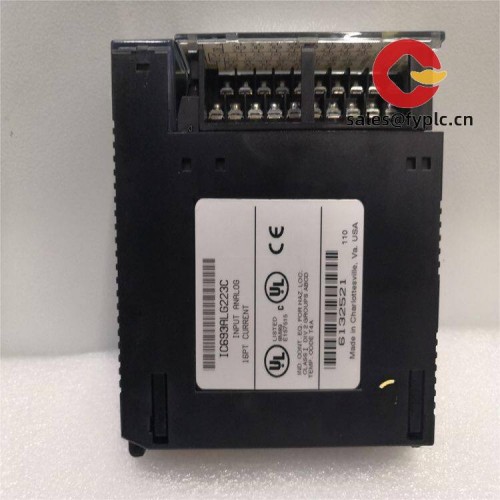


Reviews
There are no reviews yet.